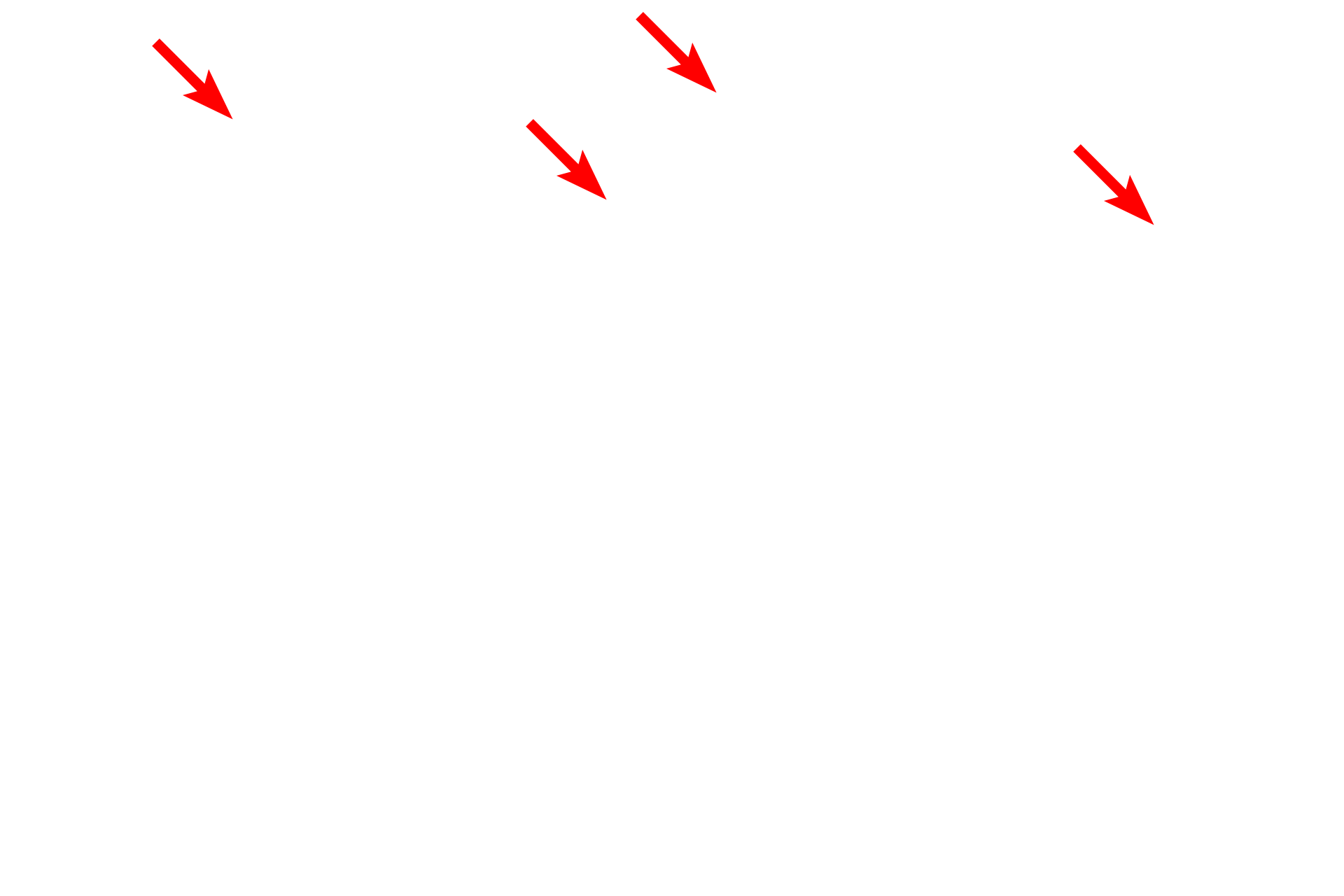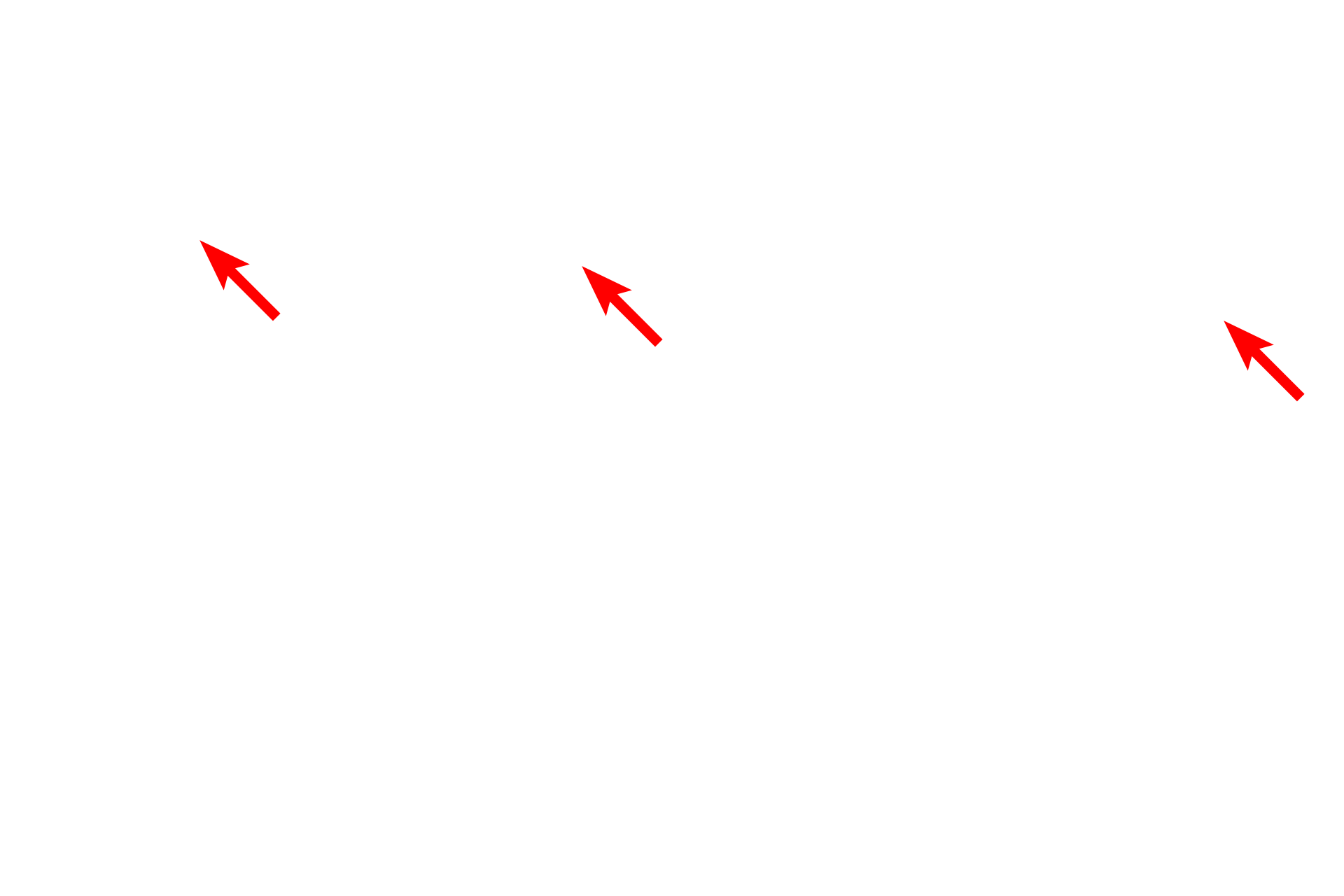
Unicellular gland
This electron micrograph shows the apex of a goblet cell filled with mucin granules. The goblet cell is flanked by non-secretory, ciliated cells of the respiratory epithelium. The mucin granules contain highly glycosylated proteins which become hydrated after release, thereby forming mucus. 14,000x

Goblet cell
This electron micrograph shows the apex of a goblet cell filled with mucin granules. The goblet cell is flanked by non-secretory, ciliated cells of the respiratory epithelium. The mucin granules contain highly glycosylated proteins which become hydrated after release, thereby forming mucus. 14,000x

- Mucin granules
This electron micrograph shows the apex of a goblet cell filled with mucin granules. The goblet cell is flanked by non-secretory, ciliated cells of the respiratory epithelium. The mucin granules contain highly glycosylated proteins which become hydrated after release, thereby forming mucus. 14,000x

- Mucus
This electron micrograph shows the apex of a goblet cell filled with mucin granules. The goblet cell is flanked by non-secretory, ciliated cells of the respiratory epithelium. The mucin granules contain highly glycosylated proteins which become hydrated after release, thereby forming mucus. 14,000x

Cilia
This electron micrograph shows the apex of a goblet cell filled with mucin granules. The goblet cell is flanked by non-secretory, ciliated cells of the respiratory epithelium. The mucin granules contain highly glycosylated proteins which become hydrated after release, thereby forming mucus. 14,000x

Basal bodies
This electron micrograph shows the apex of a goblet cell filled with mucin granules. The goblet cell is flanked by non-secretory, ciliated cells of the respiratory epithelium. The mucin granules contain highly glycosylated proteins which become hydrated after release, thereby forming mucus. 14,000x

Mitochondria
This electron micrograph shows the apex of a goblet cell filled with mucin granules. The goblet cell is flanked by non-secretory, ciliated cells of the respiratory epithelium. The mucin granules contain highly glycosylated proteins which become hydrated after release, thereby forming mucus. 14,000x